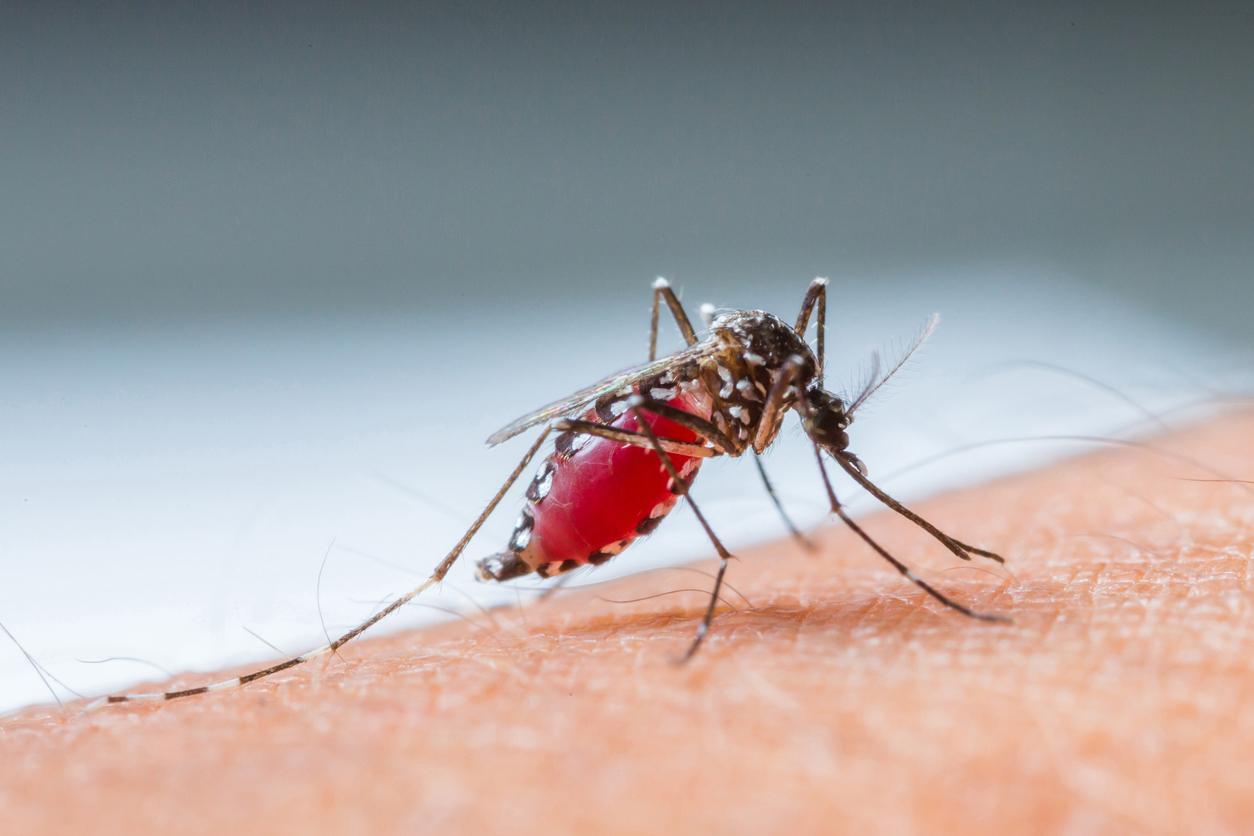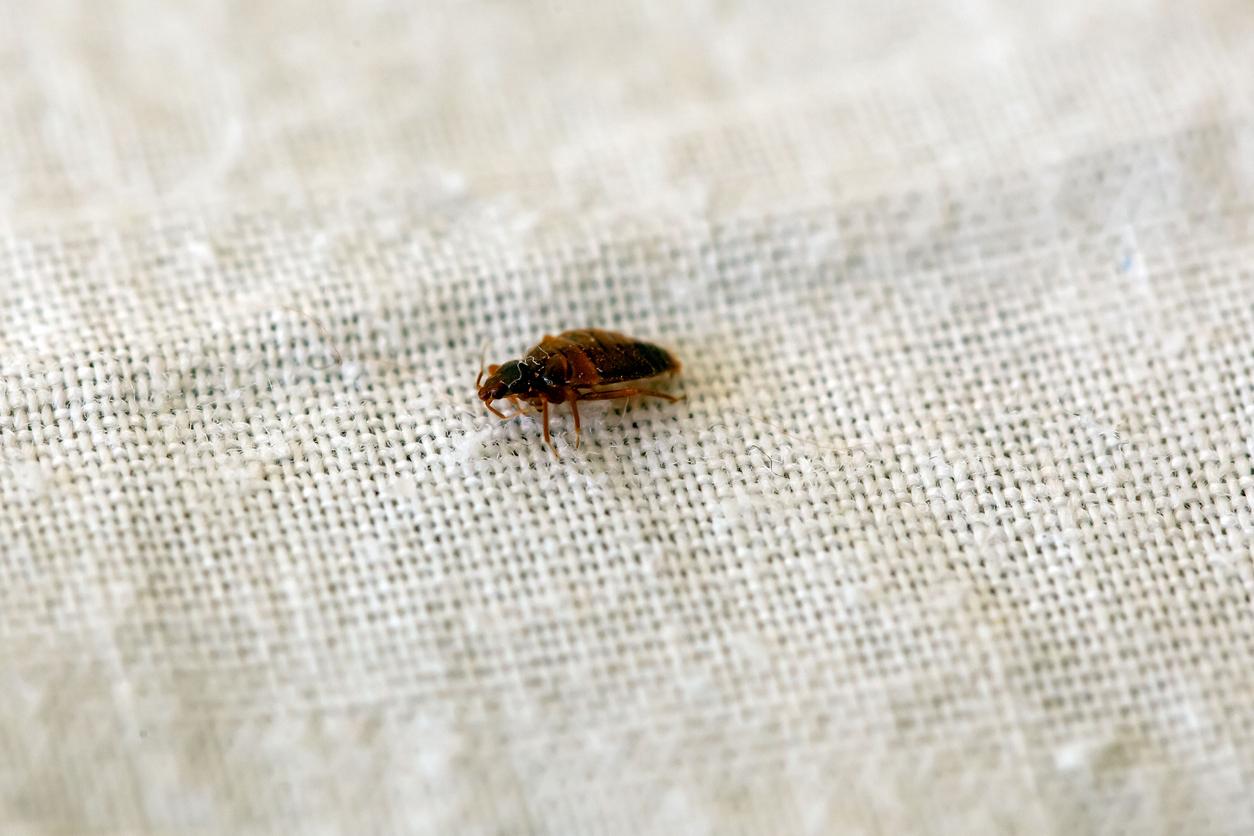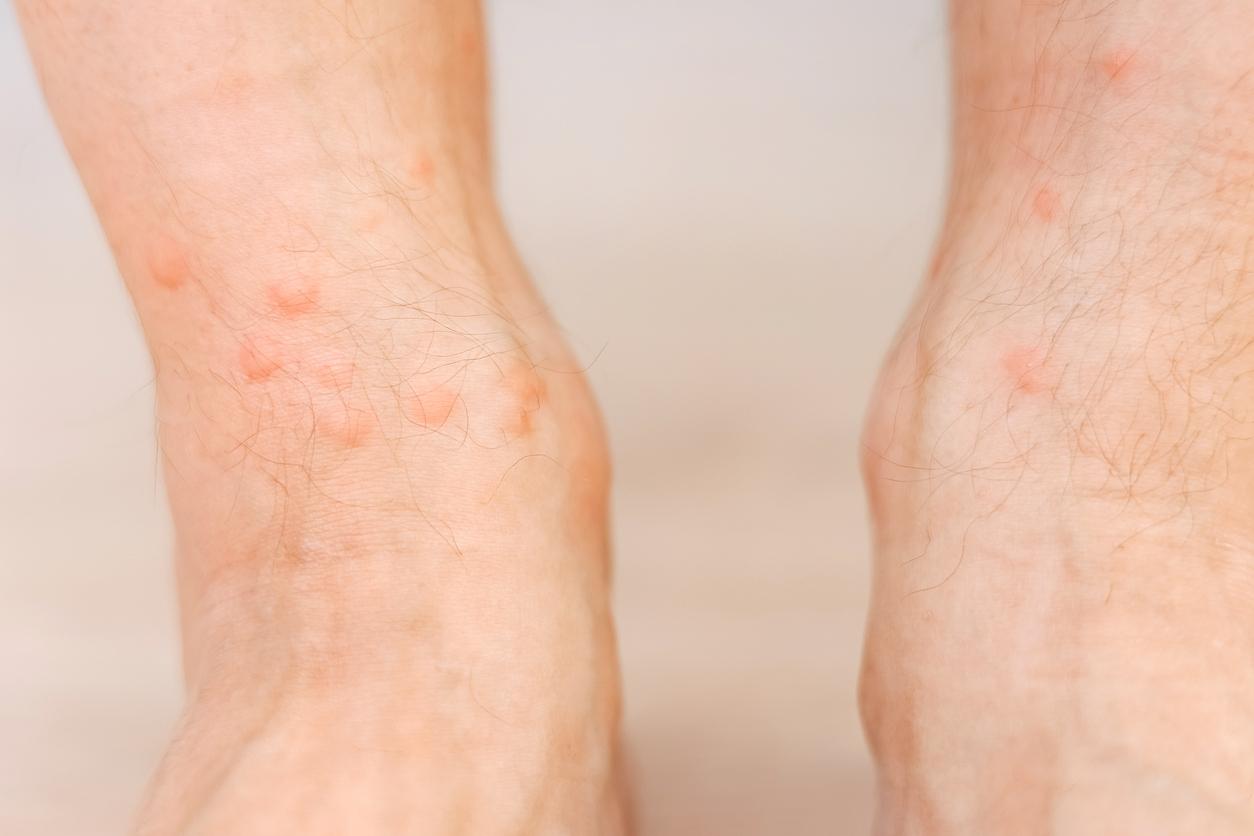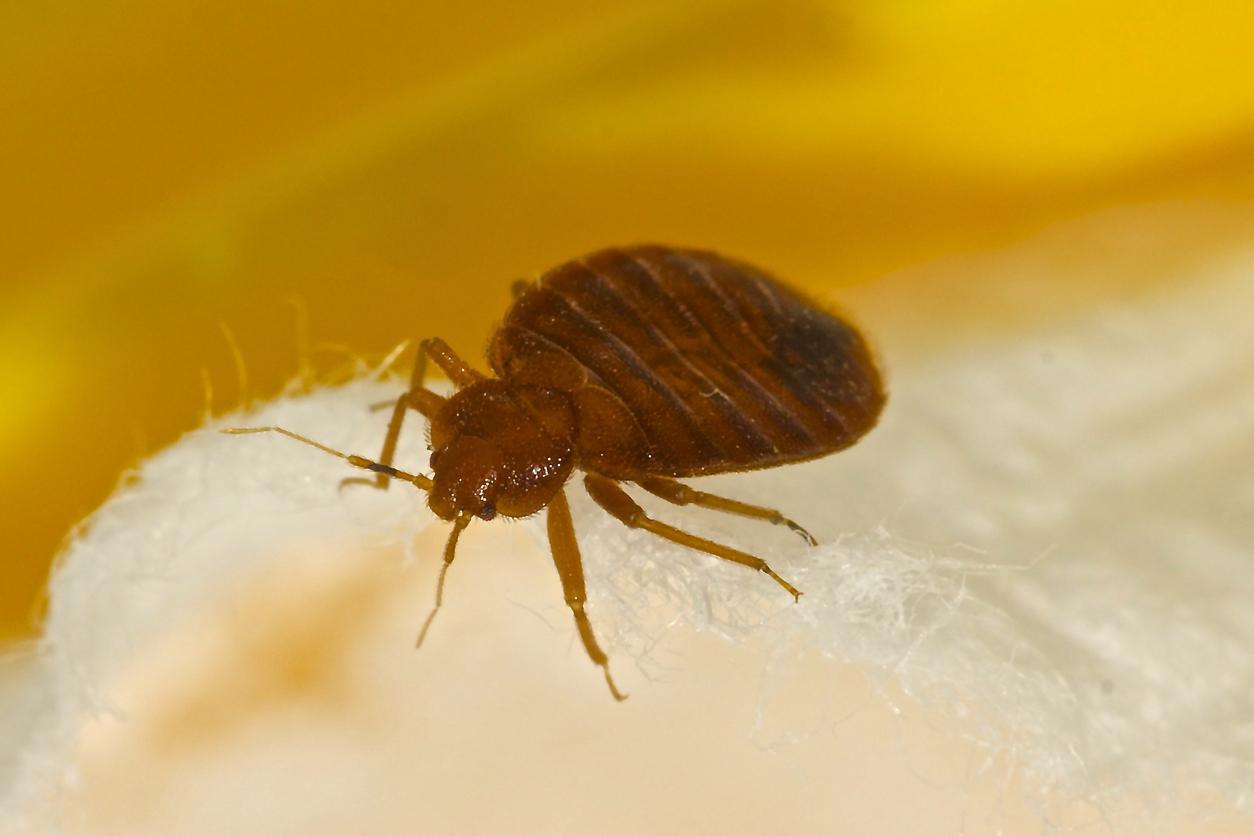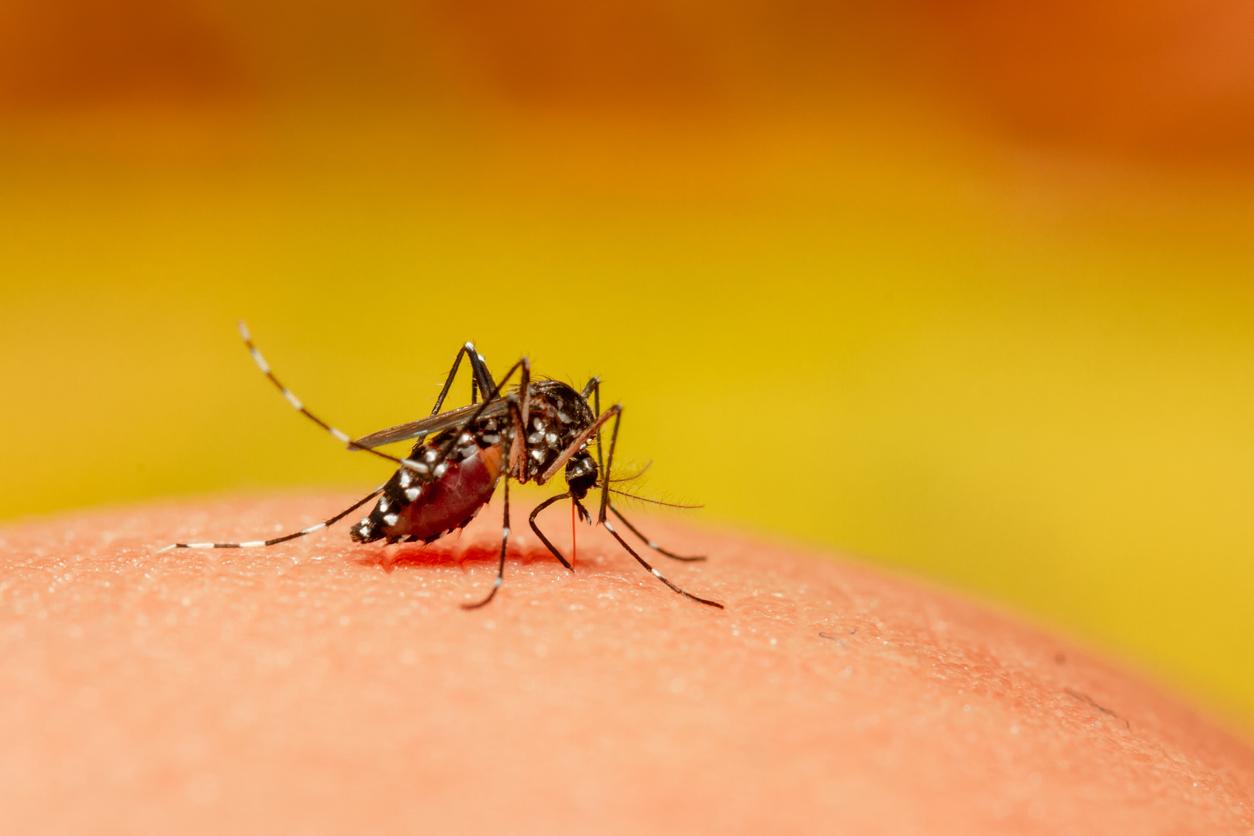During the summer holidays, the risk of being stung by a jellyfish is indeed present. Here are the reflexes to adopt to quickly relieve the wound.
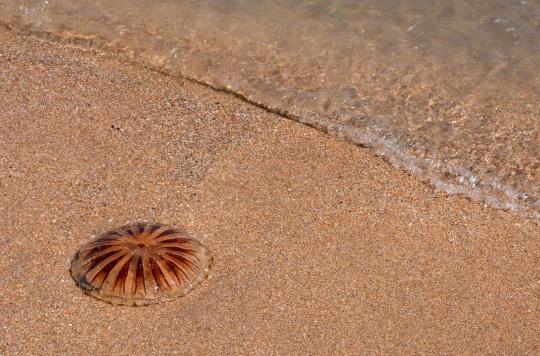
- Jellyfish move through the water driven by wind, currents and tides.
- Jellyfish stings are not dangerous, except in rare cases of allergic reactions.
- The scar disappears spontaneously after 2 to 4 weeks.
During this summer period, caution should be exercised when swimming, as jellyfish are back and more and more numerous in France. The reason is simple: “The tuna, its first predator, is becoming increasingly rare in the Mediterranean Sea, a victim of overfishing. (…) Climate changes are causing a rise in water temperature and providing them with better living and breeding conditions. more and more favourable, can we read on the Sea Rescuers website (SNSM).
How to recognize a jellyfish sting?
This summer, jellyfish stings are likely to increase. These occur when the animal comes into contact with the skin. This contact causes the impression of an electric shock which is accompanied by itching and a burning sensation. According to the Research Institute for the Well-being of Medicine and Sports Health (IRBMS), filaments containing poisonous cells remain present on the surface of the skin after contact. Also, the lesion is red and shows a trace of tentacles.
“Other symptoms may include feeling sick, nausea, headache, muscle aches and tenses, watery eyes and runny nose (i.e. runny nose), excessive sweating, chest pain aggravated by breathing “, details the MSD Manuala medical information portal.
How to react in the event of a bite?
After being stung by a jellyfish, you should not panic in the water and swim to the beach as soon as possible. Then it is advisable to rinse the affected area immediately with sea water, never with fresh water, according to the ministry of health. Attention, it is not recommended to urinate on the lesion, because this trick is not effective and can aggravate the situation.
After rinsing and cleaning the wound without rubbing, it is recommended to remove the tentacles, but not with bare hands, then remove the stinging filaments stuck to the skin. To do this, you must put sand on the stung part, let it dry and scrape very lightly with a rigid cardboard or a postcard. The patient must then disinfect the wound with an antiseptic. “Finally, if you notice that the stung area is swelling or that you are having trouble breathing, contact the nearest emergency services immediately”specify the SNSM.









